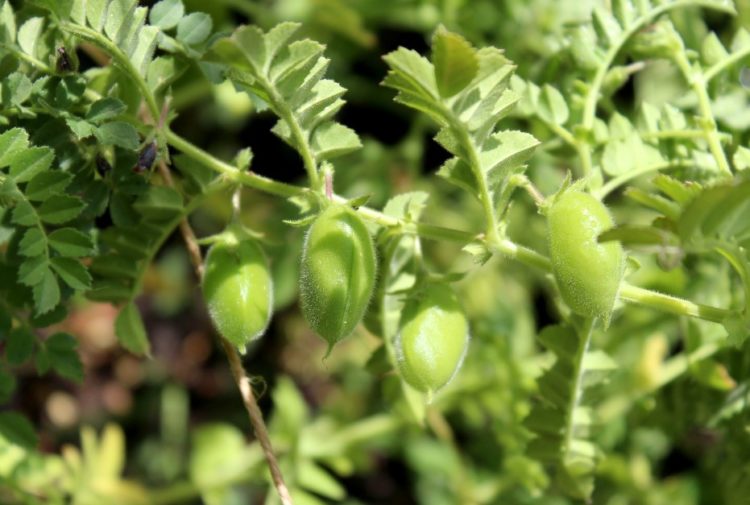Resulting of sulphur deficiency the leaves show a general overall chlorosis. The yellowing is much more uniform over the entire plant including young leaves. Soil application of Sulphur @ 30kg/ha is recommended as basal dose, although sulphur is given in many forms, but by giving sulphur 80% WDG as spraying, it also works as fungicide and miticide, so use sulphur 80% WDG @ 50 gm / 15 litres of water.
Like and share with other farmers by clicking on button below.
Share






